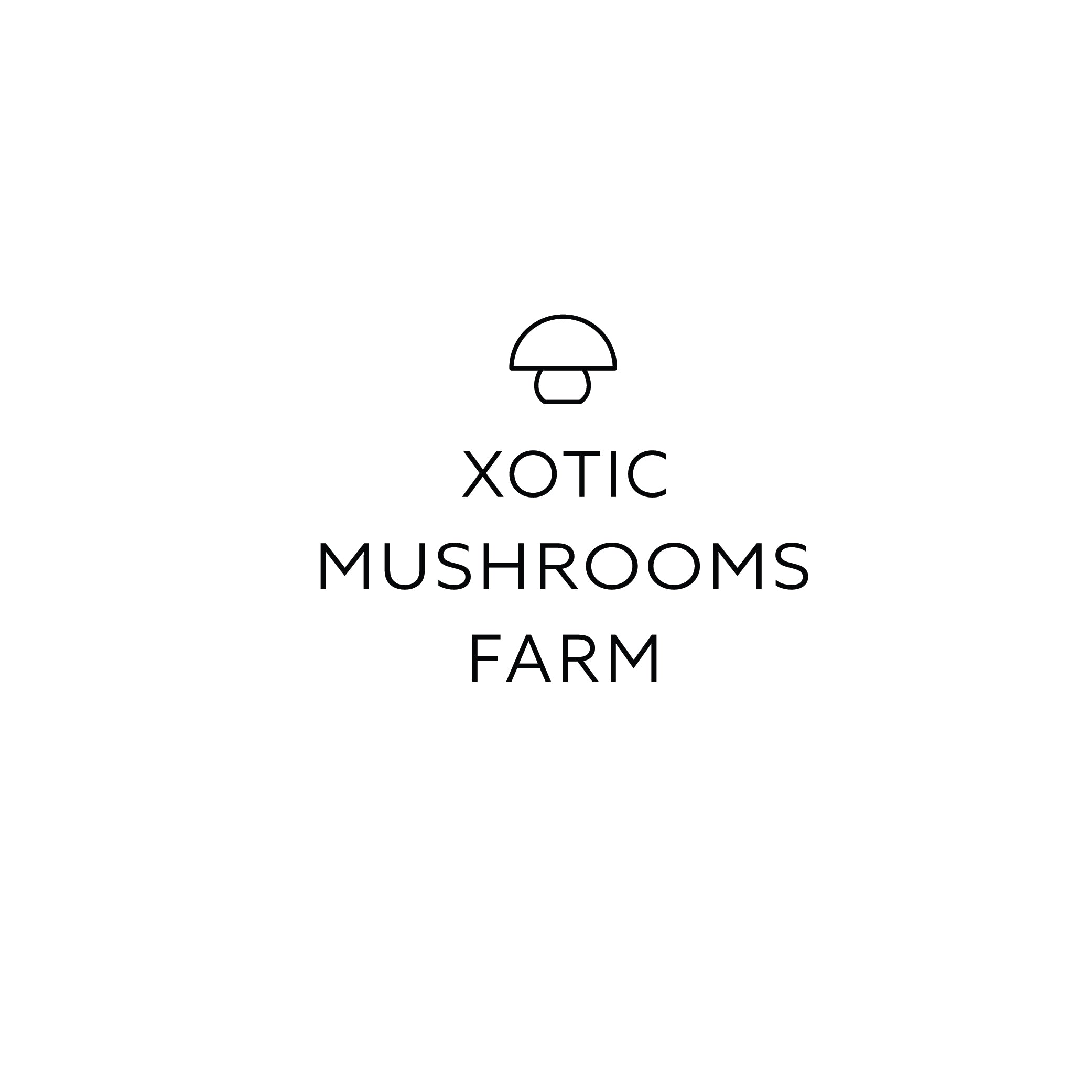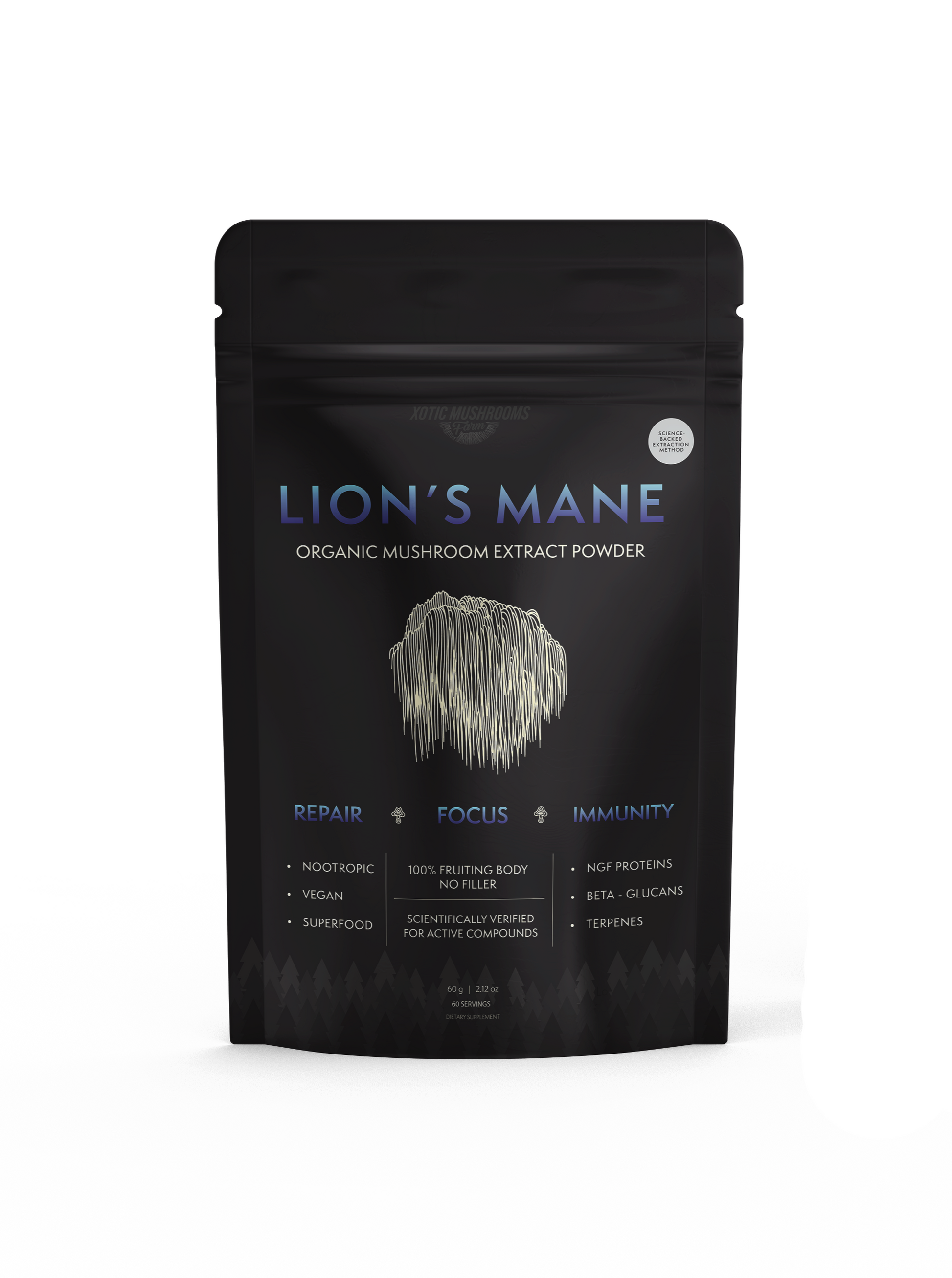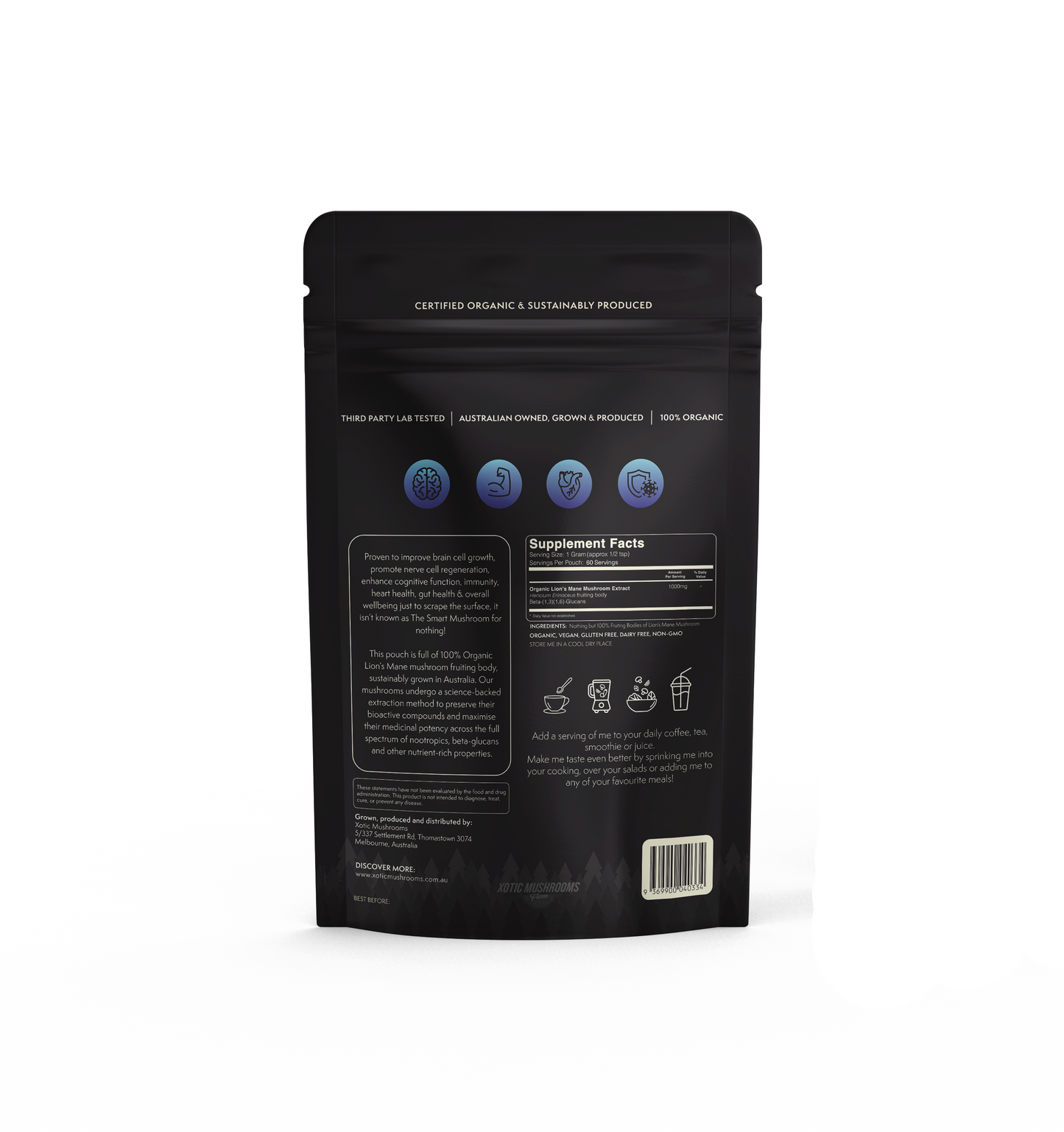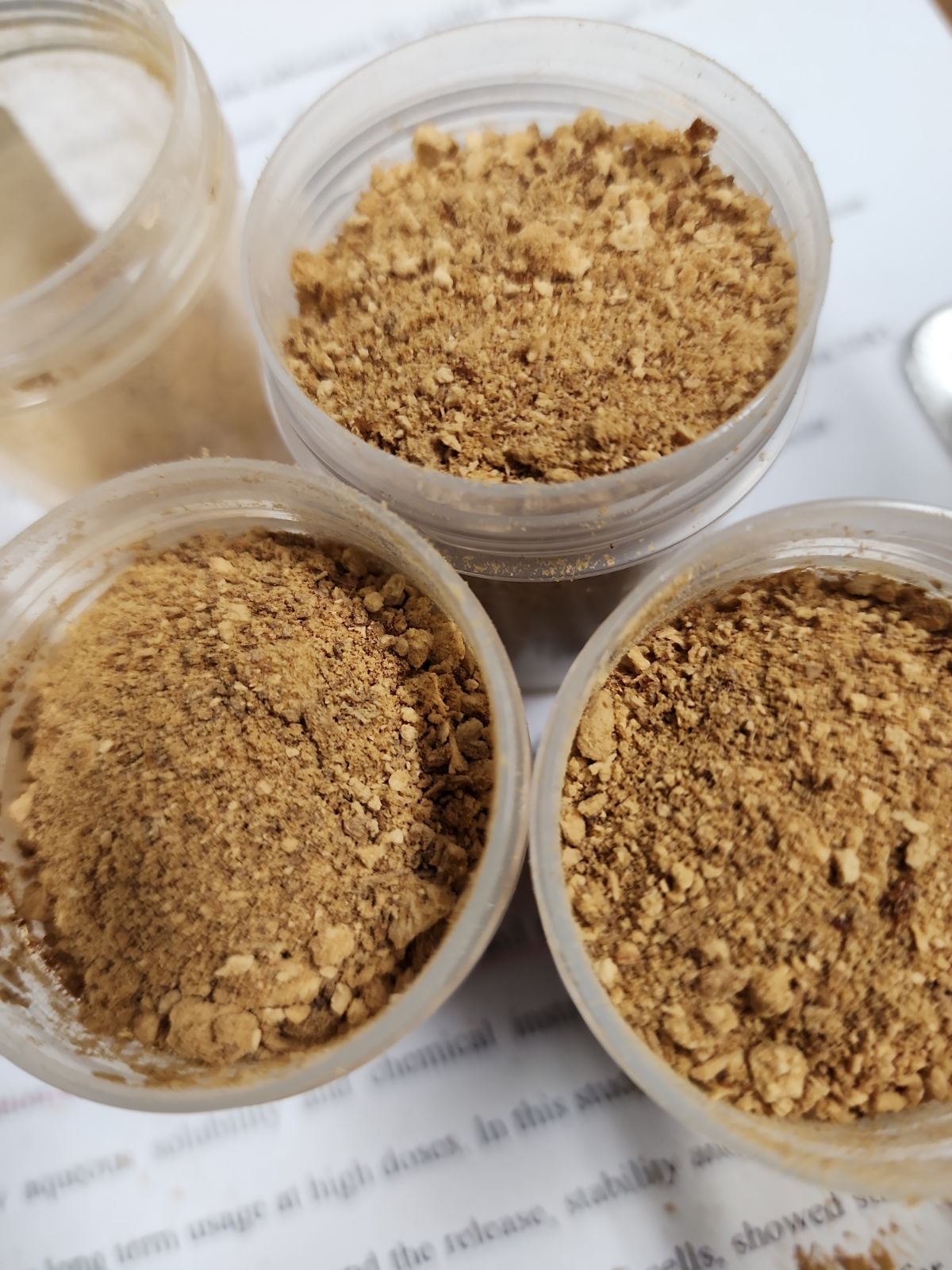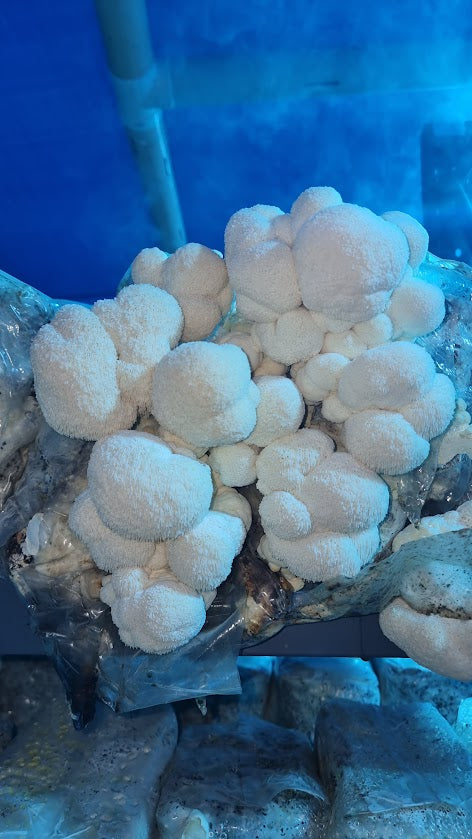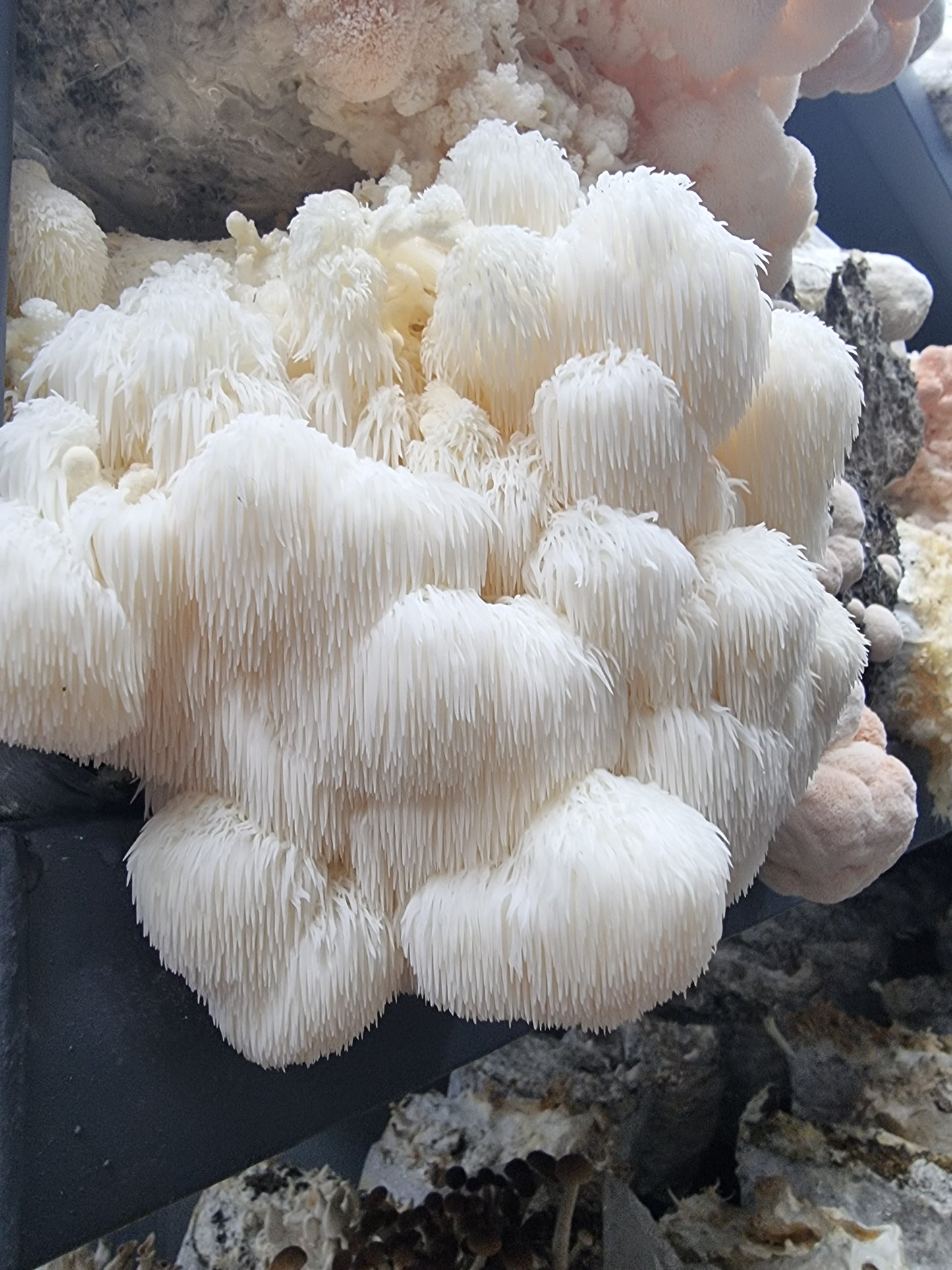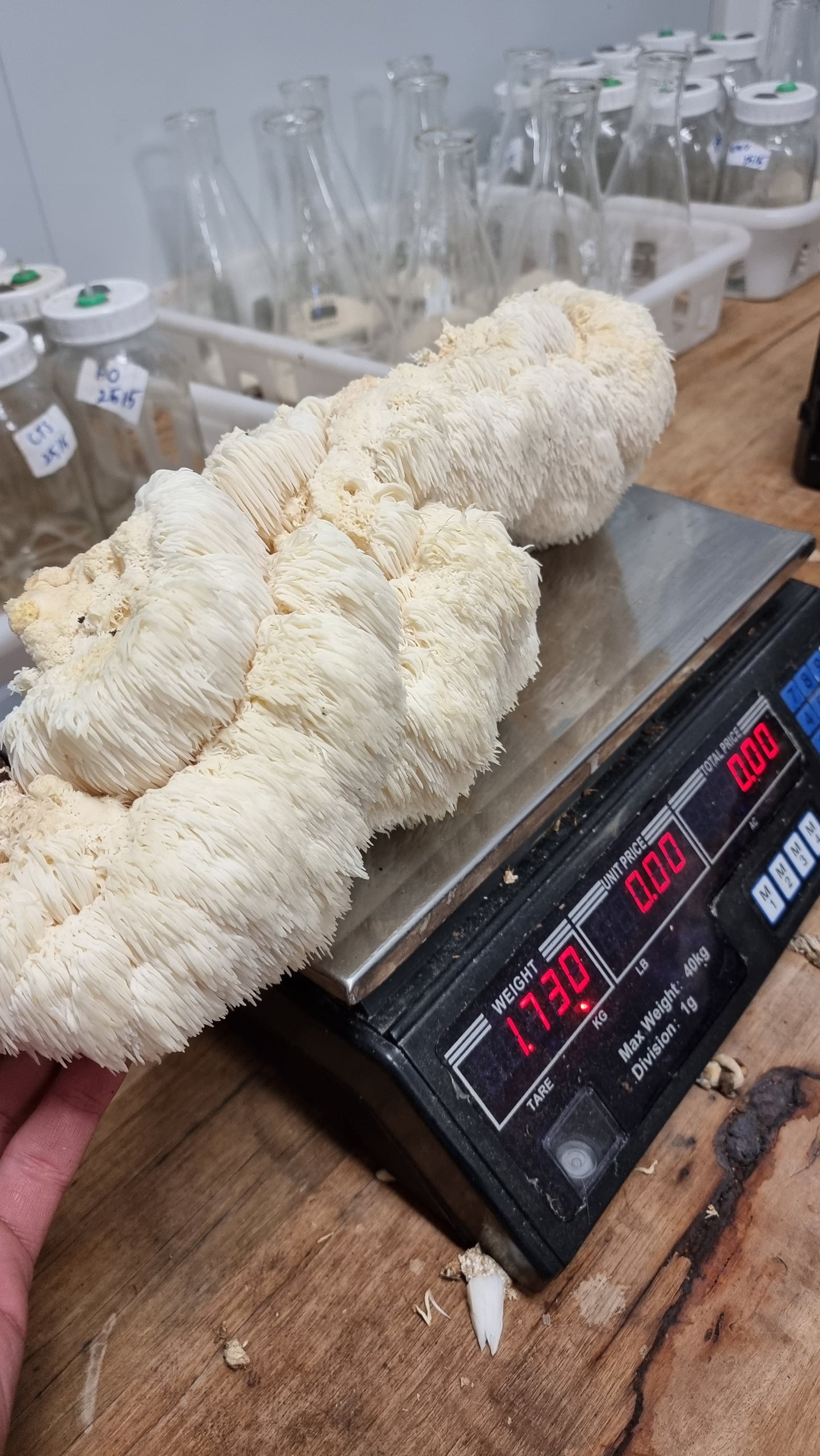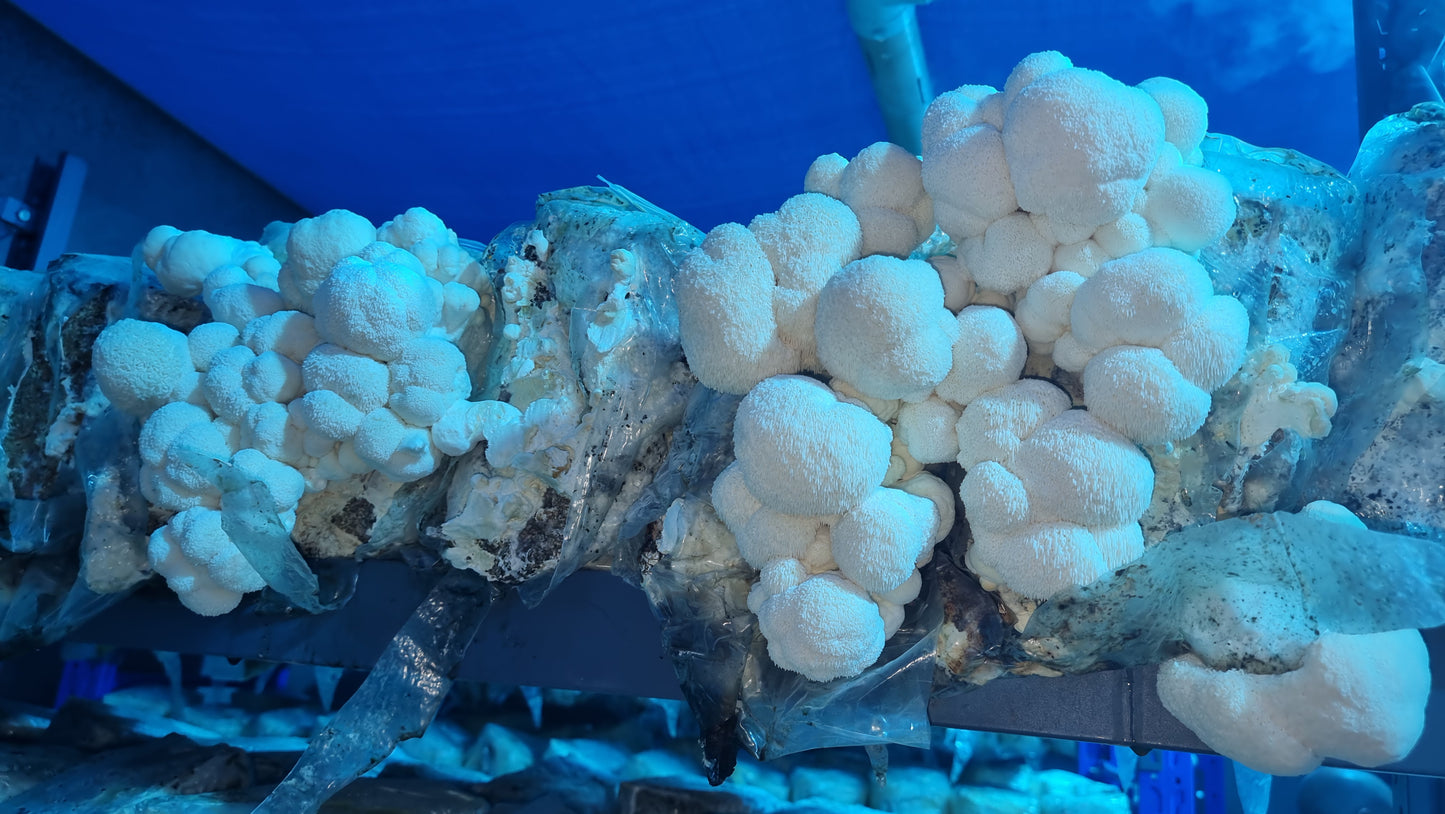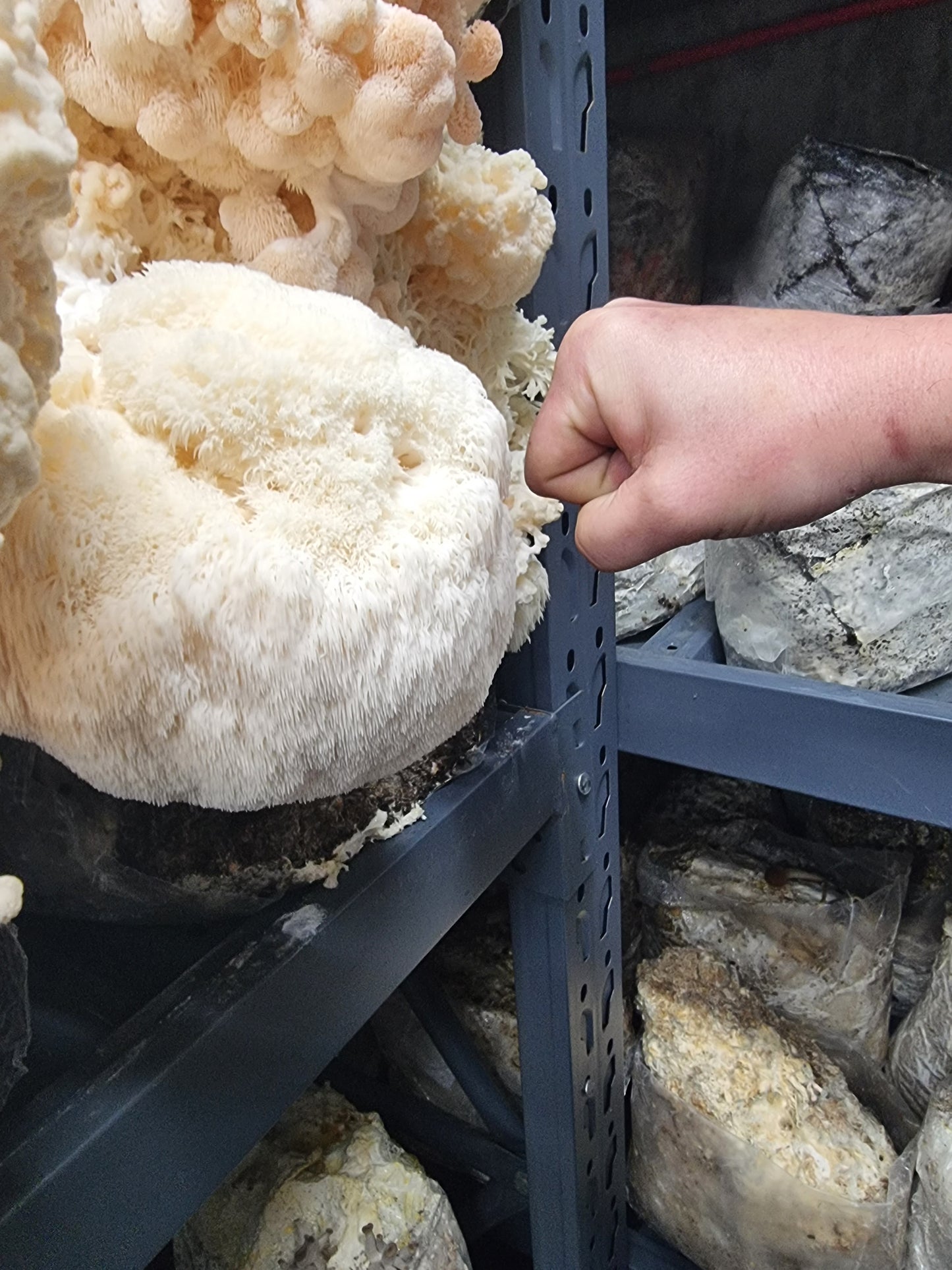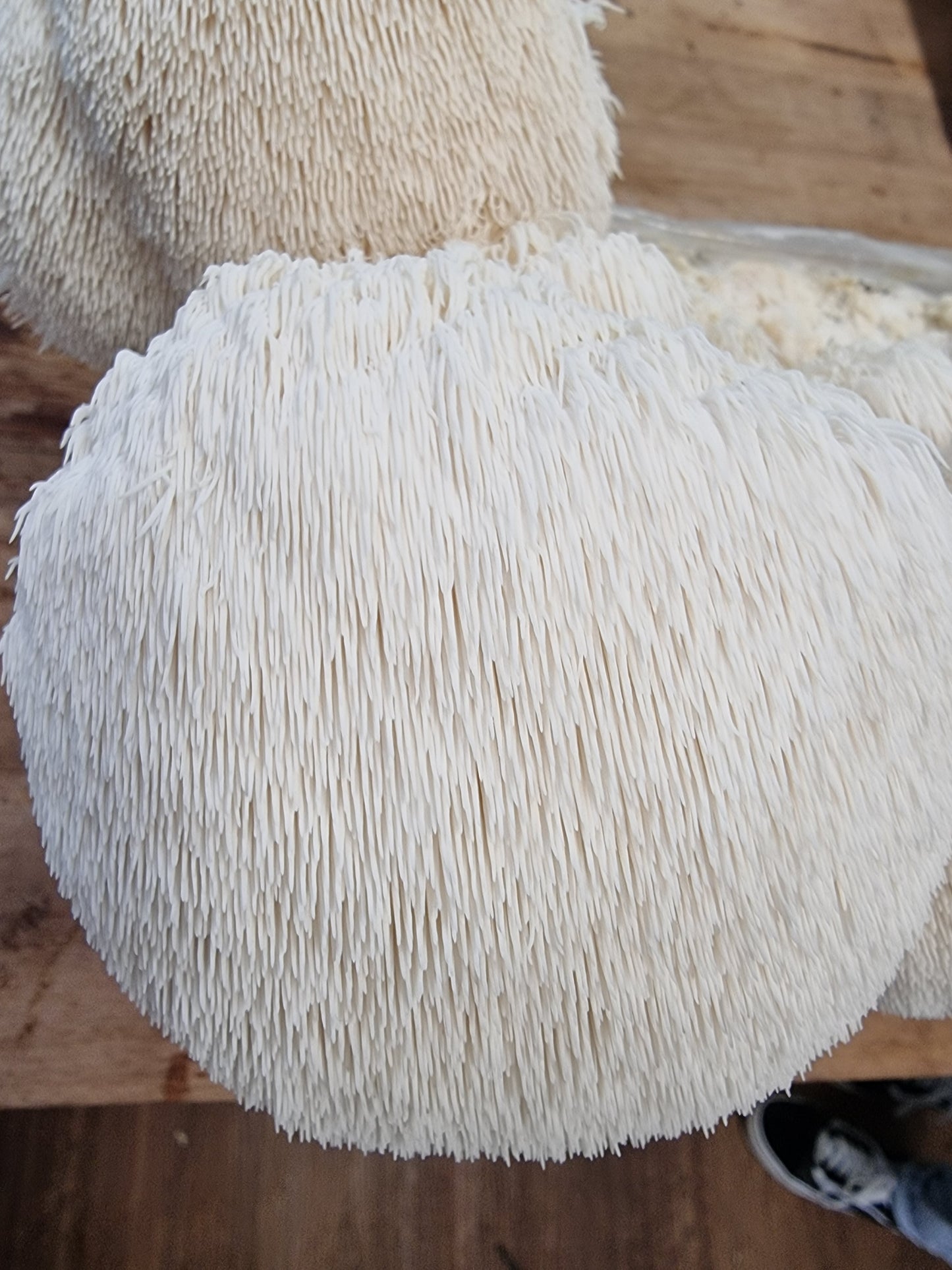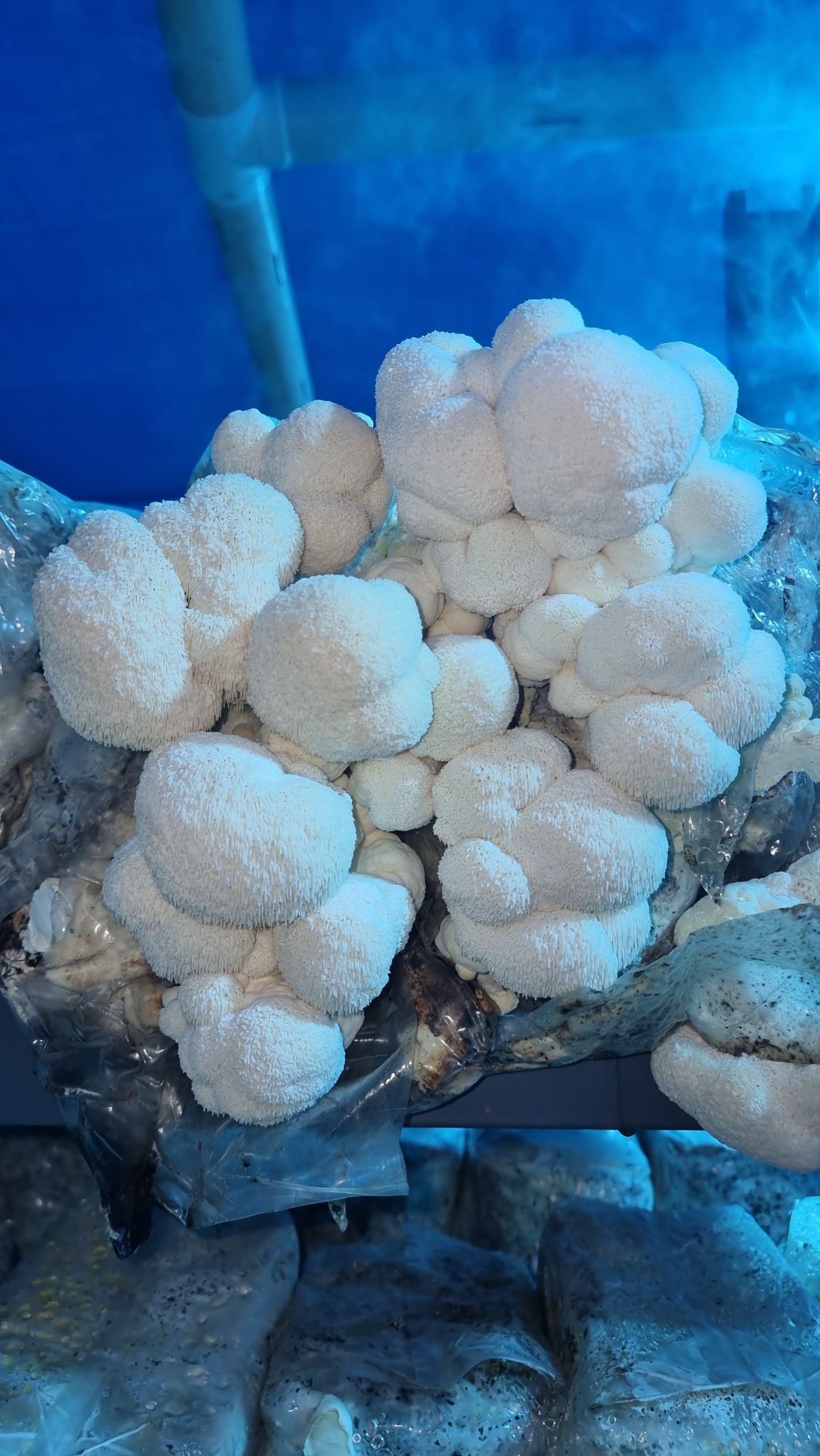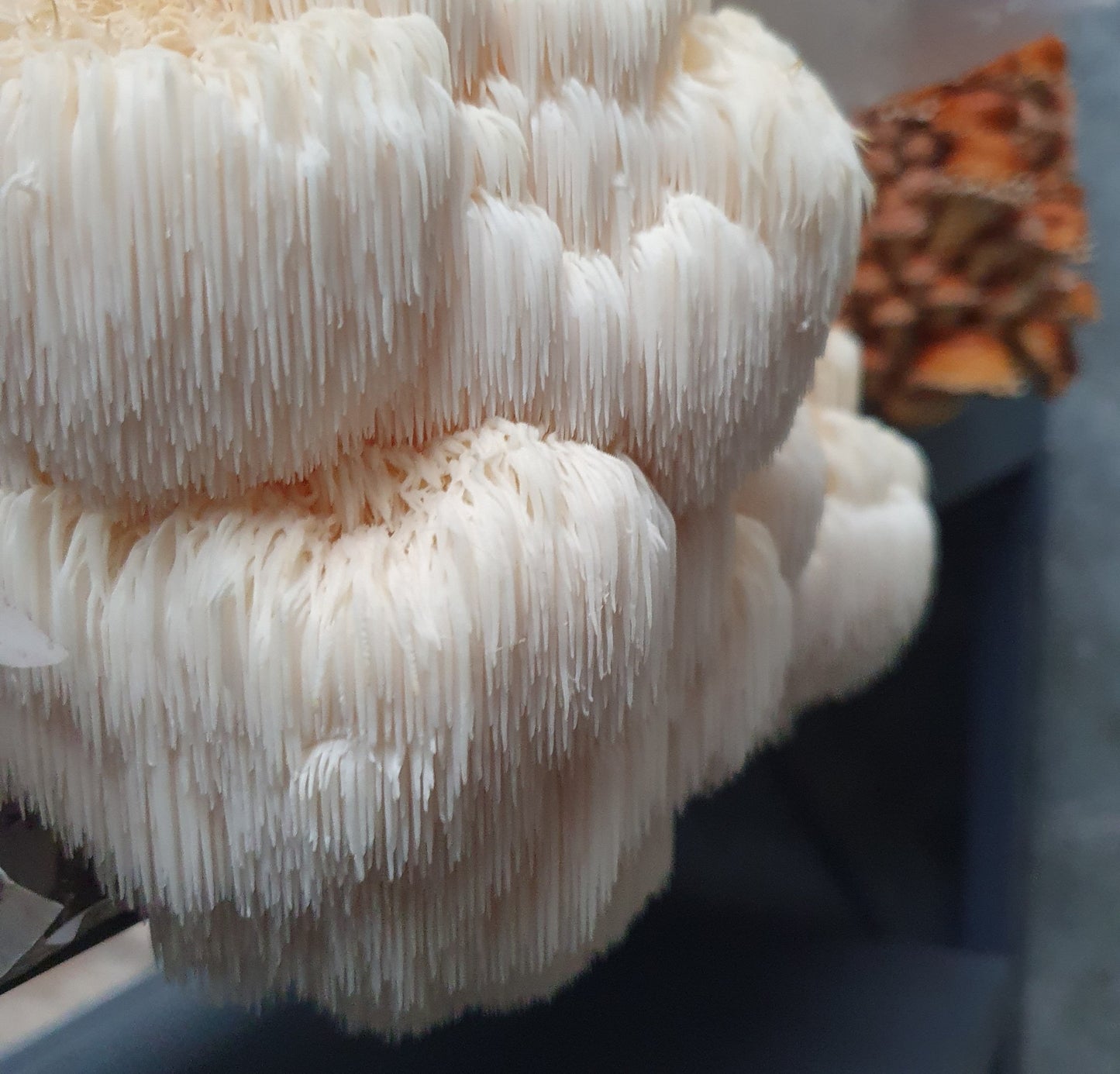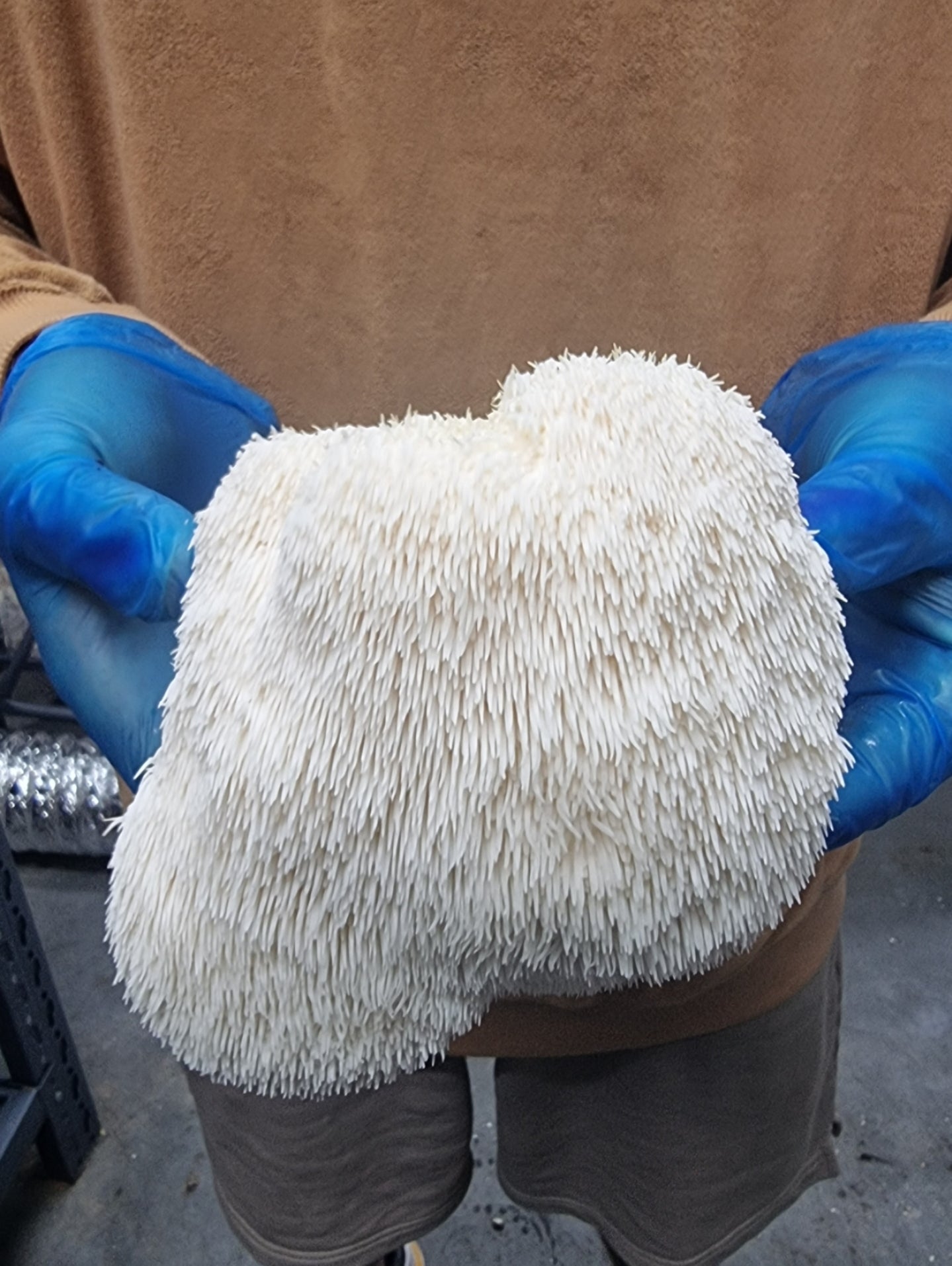Mushroom cultivation can be a rewarding and fruitful endeavor, but it is not without its challenges.
One of the most common hurdles faced by mushroom growers is contamination.
Contamination can spell disaster for your crop, affecting the growth of mushrooms and compromising the entire cultivation process.
In this guide, we will explore the signs of contamination, the sources of contaminants, and most importantly, how to identify and prevent contamination effectively.
Basic Signs of Contamination
Identifying contamination early on is crucial for containing the issue and safeguarding your mushroom crop.
Here are some basic signs of contamination to look out for:
- Changes in Texture: Slimy, excessively wet, or dry and brittle mycelium can be an indication of contamination.
- Stunted Growth: If the mycelium isn't growing as quickly as expected, or if the mushrooms themselves are small, deformed, or discolored, there may be a contamination issue.
- Color change: Healthy mycelium is typically white. If you see other colors such as green, yellow, orange, black, or pink, it's often a sign of contamination. Certain contaminant molds like Trichoderma (green) or Aspergillus (yellow to black) can cause such color changes.
- Unusual Smell: Healthy mycelium should have a fresh, mushroom-like smell. If the smell becomes unpleasant, sour, or similar to a 'musty' odor, it's often a sign of bacterial contamination.
- Insect Presence: Insects like fungus gnats may indicate that the culture is not healthy. They are attracted to molds and bacteria, and their presence often signals a problem.
- Spore Germination: If you see unexpected mushrooms or other fungal growths sprouting from your culture, this could be a sign of contaminant spores.
Sterile Technique and Common Sources of Contamination
Maintaining a sterile environment during mushroom cultivation is vital to prevent contamination.
Even with the best practices, contamination can still occur due to various sources thus the importance of maintaining a sterilized environment during the full length of the cultivation process.
Here are some common sources of contamination and how to minimize their impact:
1. Airborne Contamination
Airborne spores and microorganisms are one of the primary sources of contamination.
To reduce airborne contamination, consider working in a clean, enclosed space, and use air filters and ventilation systems. Additionally, wear appropriate personal protective equipment (PPE) such as gloves, masks, and lab coats.
You can also use a laminar flow hood. This is a workbench that is fitted with a filter pad, fan and a High Efficiency Particulate Air filter (HEPA).
2. Human-borne Contamination
Humans can inadvertently introduce contaminants during the cultivation process.
Prioritize personal hygiene and thoroughly wash hands (use hand sanitizer) and tools before handling sterile materials.
Minimize unnecessary movements during cultivation to prevent the spread of contaminants.
3. Contamination from Substrates
Improperly prepared or contaminated substrates can introduce contaminants to your growing environment.
Ensure your substrates are properly sterilized or pasteurized before use. Consider soaking grains to eliminate heat-resistant bacterial endospores.
Contam vs. Mycelium
Distinguishing between contamination (contam) and healthy mycelium can be challenging, especially during early stages.
Trained eyes and experience are essential, but several characteristics can help differentiate the two:
- Growth Pattern: Contaminants may exhibit rapid and aggressive growth compared to mycelium.
- Color: Contaminants often present vibrant or unusual colors (green, blue, gray, black patches or discolorations on the surface of your substrate), unlike the white color of healthy mycelium.
- Texture: Contaminated areas may feel slimy, fluffy, or have an irregular appearance while Mycelium can appear transparent or opaque, fluffy, crystalline, bumpy, webby, wispy, hairy, filamentous or clumpy.
Five Common Contaminants
1. Trichoderma (Green Mould)
Trichoderma is a soil fungus commonly found in the environment, and its rapid growth and preference for warm temperatures (25-30 degrees Celsius) make it a common competitor for mushroom growers.
It can outcompete mushroom mycelium and hinder the growth of your crop. Early identification of Trichoderma is essential to prevent its spread to other substrates.
What it looks like
Trichoderma is characterized by its green color, ranging from pale green to emerald green. It can appear as a fluffy mass with a white leading edge.
What to do about it
Trichoderma is challenging to contain once it sporulates. Promptly remove or isolate contaminated materials from the growing area.
If attempting to save the contaminated material, consider using salt or other methods used in commercial mushroom farms. Wash affected tools with a bleach solution or alcohol to kill off any spores.
The Harsh Recommendation: Ditch your operation, deep clean, and start afresh.
2. Orange Bread Mold (Neurospora crassa/Pink Mold)
Neurospora crassa, also known as "orange bread mold," is another common contaminant found in mushroom cultivation, especially in tropical and sub-tropical regions.
It spreads rapidly (in as little as 8-12 hours) and can overwhelm mushroom mycelium if not addressed promptly.
The bright orange color is a distinctive feature that sets it apart from other contaminants.
What it looks like
Orange bread mold has a bright neon orange appearance, starting as fine wispy strands and eventually forming bright orange lumpy powder-like patches.
What to do about it
Contain the source by sealing it in a plastic bag, dispose of it immediately and sanitize the affected area. Avoid disturbing the mold, as it can release spores into the air.
3. Cobweb Mold
Cobweb mold, caused by various mold species in the Hypomyces genus, is a common contaminant in grain spawn and monotubs.
It thrives in environments with still air, very little oxygen, and high humidity and spreads rapidly and can quickly overtake the mycelium, resulting in soft rot in mushrooms.
Early intervention with hydrogen peroxide spray can control cobweb mold. Ensuring proper humidity levels and air circulation can also minimize its impact.
What it looks like
Cobweb mold appears as gray, fluffy, wispy growth, often levitating above the substrate.
What to do about it
Early control is possible using 3% hydrogen peroxide spray. Lower humidity and improve air circulation to limit cobweb mold's spread.
4. Black Bread Mold (Rhizopus stolonifer/pin head mould)
Black bread mold, known scientifically as Rhizopus stolonifer or pin head mold, is a common contaminant that thrives in warm and humid conditions.
It can be a serious health concern, especially for individuals with weakened immune systems. Promptly discarding the contaminated fruiting block is essential to prevent potential health risks.
What it looks like
Black bread mold or pin head mold can be confused with cobweb mold. Distinguishing features include tiny black heads on the ends of the mycelium.
What to do about it
Abandon the fruiting block if pin head mold is present, as it can be dangerous, especially for people with weak immune systems.
5. Bacillus spp. (Bacterial contamination)
Bacterial contamination, often caused by Bacillus spp., poses a significant threat to mushroom cultivation.
Bacterial endospores are heat-resistant and can survive the sterilization process if not properly treated. It is characterized by a dull gray slime with a sour-smelling odor.
Soaking grains before sterilization can help germinate the bacterial endospores, making them susceptible to standard sterilization.
Identifying bacterial contamination early on and separating contaminated cultures can prevent further spread.
What it looks like
Bacterial contamination, commonly known as "wet spot" or "sour rot," appears dull gray, slimy, and excessively wet. The grains may emit a sour smell.
What to do about it
Soak grains for 12 to 24 hours at room temperature before sterilization to eliminate heat-resistant bacterial endospores. If encountered on a petri dish, separate the contaminated culture from clean cultures.
Final Thoughts
Contamination is a challenging aspect of mushroom cultivation, but with proper knowledge, prevention, and prompt action, it can be effectively managed.
Following sterile techniques, using high-quality substrates, and maintaining personal hygiene are essential to minimize contamination risk.
By identifying contaminants early and taking appropriate measures, growers can safeguard their mushroom crops and enjoy a successful and bountiful harvest.
Remember, prevention is the key to successful mushroom cultivation.
Happy growing!
